Tracy Chevalier’s novel Girl with a Pearl Earring follows Griet, a teenage girl living in 17th century Holland. The novel explores themes of classism and sexism through the eyes of someone who is, for the first time, coming into her role as a lower class woman in this society. What I want to focus on, though, is another woman in this story who is paid far less attention or sympathy. Vermeer’s wife, Catharina, almost plays the role of an antagonist in this story, as from Griet’s perspective, that’s what she is. She stands in the way of Griet’s growing relationship with Vermeer — she is something that they have to sneak around and avoid. She is jealous of the attention that Vermeer gives to Griet and, instead of directing this anger towards her husband, she directs it toward the sixteen year old girl. She stereotypes maids as thieves (of jewelry and of husbands), and is portrayed as a self-obsessed, and at times hysterical woman.
If we look at things from Catharina’s perspective, though, her behavior becomes, if not entirely justified, certainly understandable. Through the entire narrative it is made abundantly clear that Vermeer does not pay his wife any attention. He is unconcerned with domestic affairs (her realm of existence), spending the majority of his time either in his studio or out of the house. His life revolves around his work, everything else is tangential to him. This makes it that much more hurtful that he would seemingly rather paint anyone but his wife. This is Catharina’s deepest desire, to be loved and paid attention by her husband, and at every turn he coldly refuses to give her this most basic of things. He never paints her, but he takes her yellow mantle, her white collar, and her jewelry off of her, even against her will. One of the best examples of this, to me, is the following passage on pages 106-107:
“Come with me to the studio for a moment,” he said. He was looking at her in a way I had begun to recognize — a painter’s way.
“Me?” Catharina smiled at her husband. Invitations to his studio were rare. She set down her powder-brush with a flourish and began to remove the wide collar, now covered with dust.
He reached out and grasped her hand. “Leave that.”
This was almost as surprising as his suggestion to move me to the attic. As he led Catharina upstairs, Tanneke and I exchanged looks.
The next day the baker’s daughter began to wear the wide white collar while modeling for the painting.”
Vermeer is particularly cruel in this scene. I find it difficult to believe that he is unaware of the effect his actions have on the people around him — rather, I think he is apathetic. Even in death he drives the nail in further by leaving Catharina’s earrings to Griet, things that were never his to take, and which he was clearly aware held particular importance to Catharina. This was his final act of cruelty towards her.
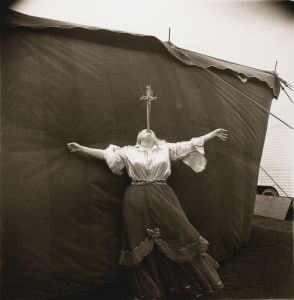


![Julia Margaret Cameron, 1852, printed circa 1893. [Portrait of the pioneering British photographer Julia Margaret Cameron by her son]. Photogravure, plate 14 from the album "Lord Tennyson and his Friends" (1893); edition 138/140. Artist Henry Herschel Hay Cameron. (Photo by by Heritage Art/Heritage Images via Getty Images)](http://was23.blog.sbc.edu/files/2023/01/Julia-Maraget-Cameron-ENCW301-241x300.jpg)
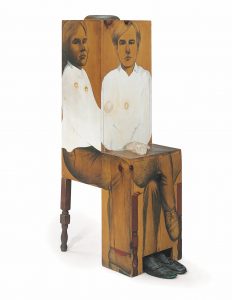
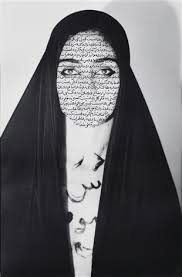 Facts & Information –
Facts & Information –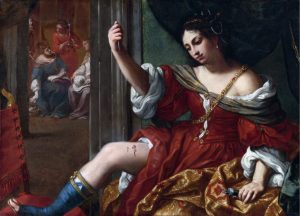
 Facts & Information –
Facts & Information –
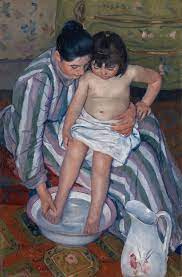
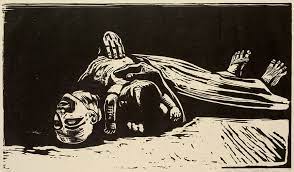
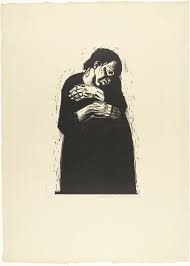
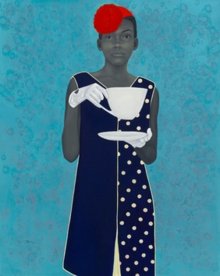


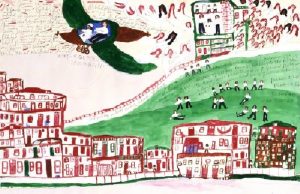
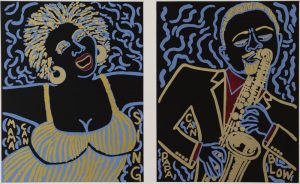
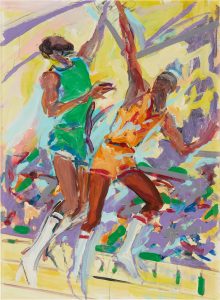

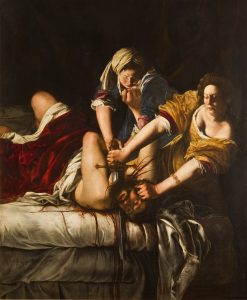
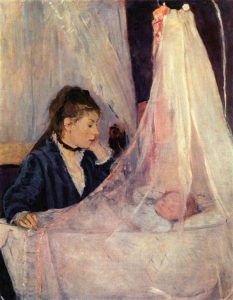


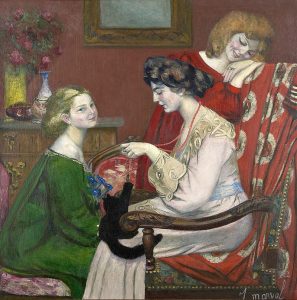

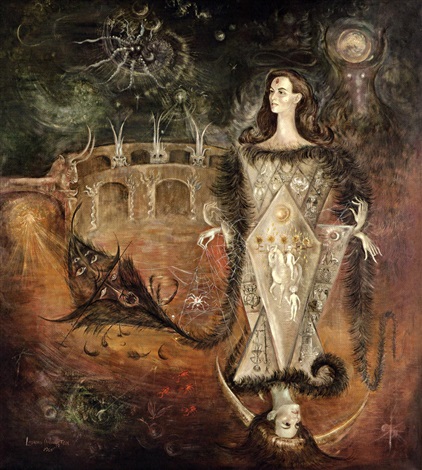
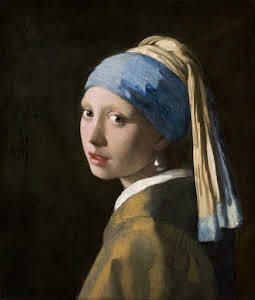 Alongside there are very obvious and often abused gender differences, there are clear status differences presented as well. Much of the conflict of the story revolves around varies social classes. The premise of the story begins with Griet’s family needing to make extra money to compensate for her father’s blindness. He’s unable to paint and thus, unable to work to provide for the family. Griet, being the oldest daughter of the family, is chosen to work as a maid for the Vermeer family. While Griet initially persists, she realizes she does not have a choice. The lack of communication about this decision just reinforces the social imbalance of society. There was never any doubt Griet would take this job.
Alongside there are very obvious and often abused gender differences, there are clear status differences presented as well. Much of the conflict of the story revolves around varies social classes. The premise of the story begins with Griet’s family needing to make extra money to compensate for her father’s blindness. He’s unable to paint and thus, unable to work to provide for the family. Griet, being the oldest daughter of the family, is chosen to work as a maid for the Vermeer family. While Griet initially persists, she realizes she does not have a choice. The lack of communication about this decision just reinforces the social imbalance of society. There was never any doubt Griet would take this job.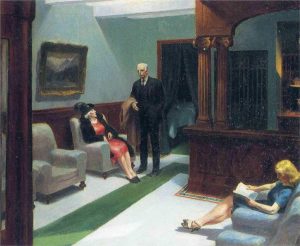 “The Truth About What Happened” is a very short story, told from the perspective of an FBI special agent who has just come out of his deposition for an unspecified case. From the very beginning it is clear that he has something to hide, as one of the first things he does is to go into his method of avoiding saying anything he shouldn’t: counting to three. He also addresses the reader in this paragraph, saying of his method: “Try it. One day it will save your ass.” Thus, from the first paragraph, he establishes himself as an unreliable narrator. He is a man who has something to hide, and he is aware of the reader as an existing character in his world.
“The Truth About What Happened” is a very short story, told from the perspective of an FBI special agent who has just come out of his deposition for an unspecified case. From the very beginning it is clear that he has something to hide, as one of the first things he does is to go into his method of avoiding saying anything he shouldn’t: counting to three. He also addresses the reader in this paragraph, saying of his method: “Try it. One day it will save your ass.” Thus, from the first paragraph, he establishes himself as an unreliable narrator. He is a man who has something to hide, and he is aware of the reader as an existing character in his world. 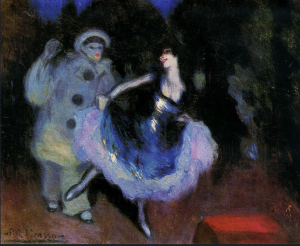 This story was strange from the very beginning, which made it much more intriguing, and as a reader, I wanted to keep reading. Early on we find that the story is from the perspective of Monsieur Vachon, who is an artist attempting to sell a painting to a man named Colonel Leclerc using his female associate, Solange. He is very possessive of her, and is not comfortable with letting her interact with Leclerc due to his clear attraction to her:
This story was strange from the very beginning, which made it much more intriguing, and as a reader, I wanted to keep reading. Early on we find that the story is from the perspective of Monsieur Vachon, who is an artist attempting to sell a painting to a man named Colonel Leclerc using his female associate, Solange. He is very possessive of her, and is not comfortable with letting her interact with Leclerc due to his clear attraction to her: